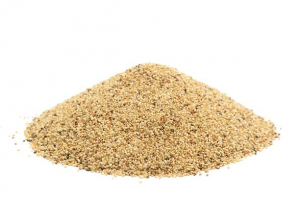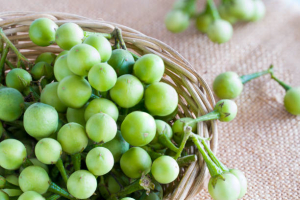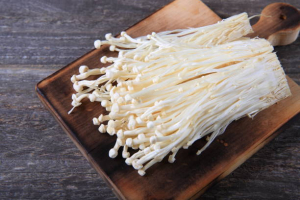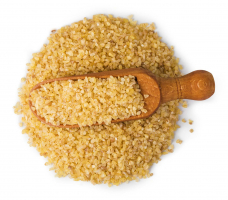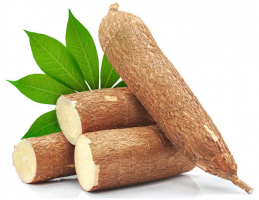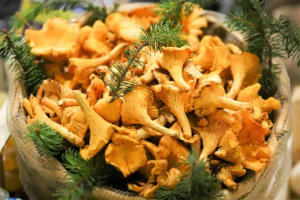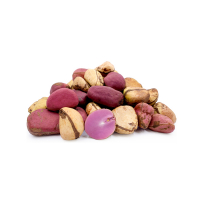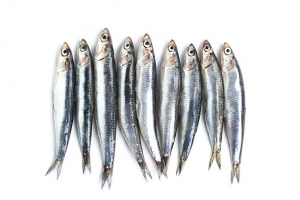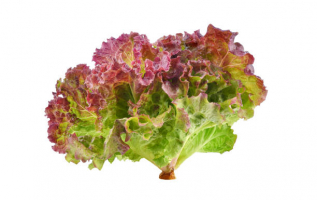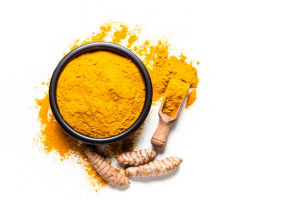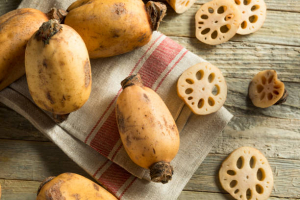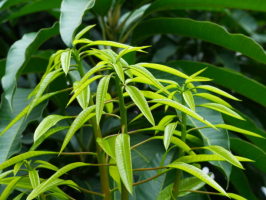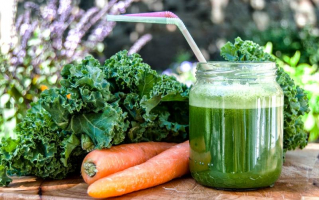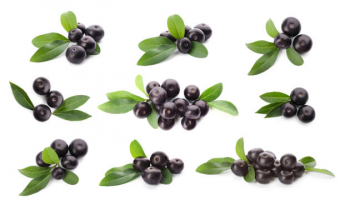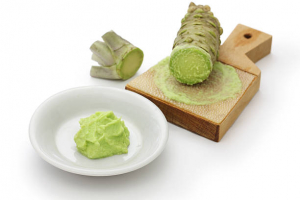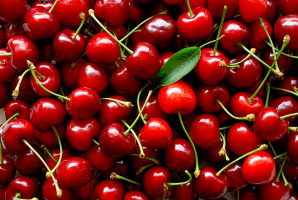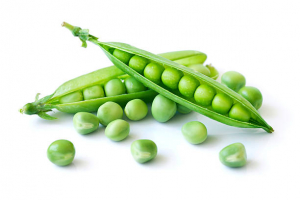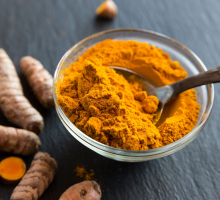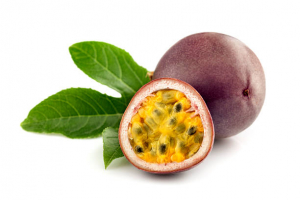Top 8 Health Benefits of Chickpea Flour
Chickpea flour, also known as gram flour, besan flour, or garbanzo bean flour, has long been a mainstay in Indian cookery. Chickpeas are multipurpose legumes ... read more...with a mild, nutty flavor, and chickpea flour is commonly prepared from the Bengal grams type. This flour, which is simple to prepare at home, has lately gained appeal as a gluten-free alternative to wheat flour throughout the world. The following are the most important health advantages of chickpea flour.
-
Chickpea flour is high in essential elements. One cup (92 grams) of chickpea flour has the following ingredients:
- Calories: 356
- Protein: 20 grams
- Fat: 6 grams
- Carbs: 53 grams
- Fiber: 10 grams
- Thiamine: 30% of the Reference Daily Intake (RDI)
- Folate: 101% of the RDI
- Iron: 25% of the RDI
- Phosphorus: 29% of the RDI
- Magnesium: 38% of the RDI
- Copper: 42% of the RDI
- Manganese: 74% of the RDI
One cup (92 grams) of chickpea flour has slightly more folate than the daily requirement. This vitamin is essential for avoiding spinal cord abnormalities during pregnancy. Babies born to women who consumed flour fortified with additional folate and other vitamins had 68% fewer spinal cord defects than those born to participants who consumed plain flour in one observational study of over 16,000 women. The women who used fortified flour also had 26% higher blood folate levels than the control group. Chickpea flour naturally provides nearly twice as much folate as enriched wheat flour. It's also a good source of minerals including iron, magnesium, phosphorus, copper, and manganese.
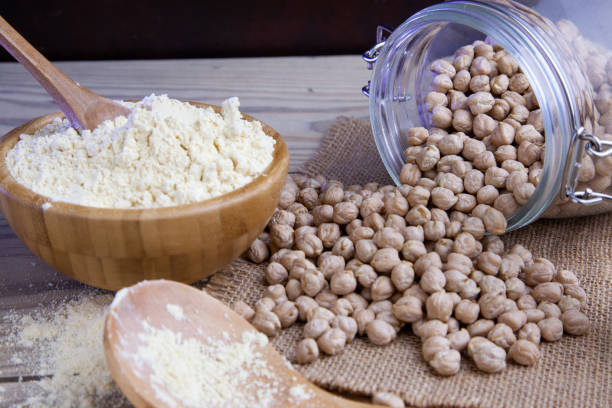
Rich in vitamins and minerals 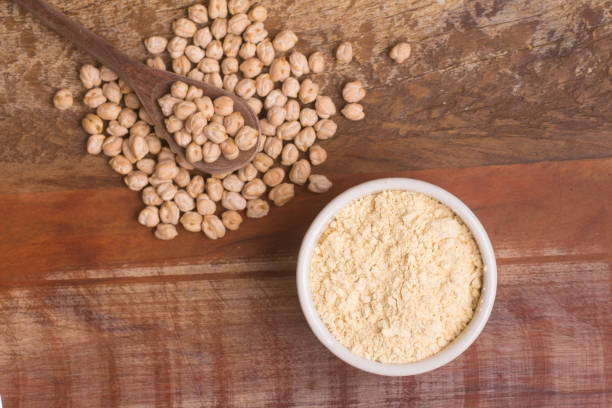
Rich in vitamins and minerals -
Polyphenols, which are helpful antioxidants, are found in chickpeas. Antioxidants are substances that combat free radicals, which are unstable molecules in your body that are considered to contribute to the development of numerous illnesses. Plant polyphenols, in particular, have been found to reduce free radicals in meals and reverse some of the harm they can cause in the body. Chickpea flour is also being researched for its capacity to lower the acrylamide level in processed meals. Acrylamide is an unstable food manufacturing residue. It is found in significant concentrations in wheat and potato-based foods.
It is a carcinogenic compound that has been associated with issues with reproductive, nerve, and muscle function, as well as enzyme and hormone action. When chickpea flour was cooked in research comparing several flours, it generated one of the lowest quantities of acrylamide. Researchers also discovered that putting chickpea batter on potato chips reduced acrylamide generation when compared to potato chips treated with oregano and cranberry antioxidants. Finally, another study discovered that shortbread cookies prepared with a combination of wheat and chickpea flour had 86% less acrylamide than identical cookies made just with wheat flour.
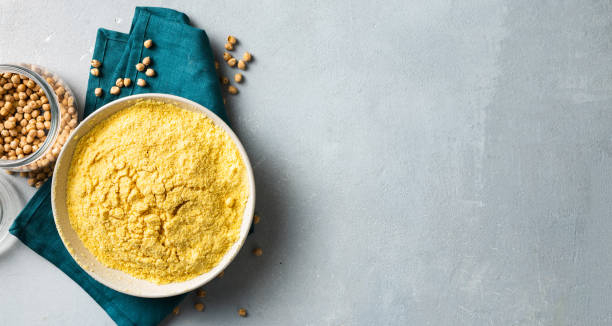
May reduce the formation of harmful compounds in processed foods 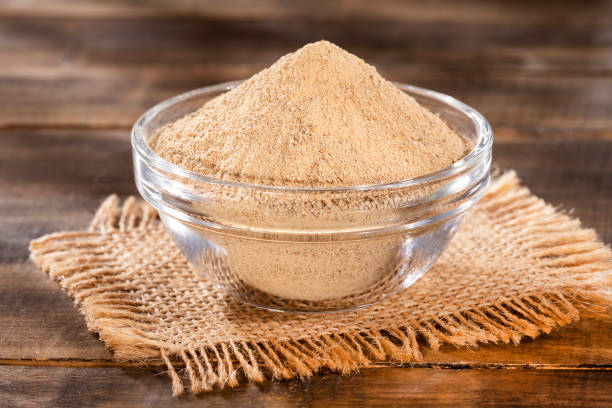
May reduce the formation of harmful compounds in processed foods -
If you're attempting to save calories, chickpea flour is an excellent substitute for wheat flour. 1 cup (92 grams) of chickpea flour has around 25% fewer calories than the same amount of refined wheat flour. This indicates it has a lower energy density. The significance of energy density and portion size in weight control has been widely researched.
Researchers feel that sticking to your usual portion sizes but eating items with fewer calories is a more successful weight management technique than simply eating less. Participants in a 12-week randomized controlled trial of 44 overweight people who were encouraged to consume more lower-calorie meals lost 4-8 pounds (1.8-3.6 kg) more than those given more sophisticated dietary guidelines. As a result, substituting chickpea flour for wheat flour may help you lower calories without affecting your portion sizes.
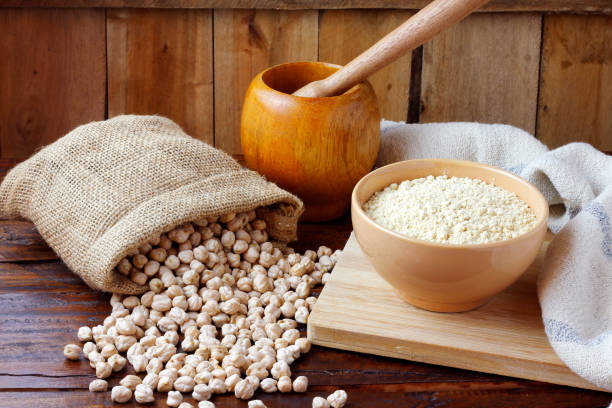
Has fewer calories than regular flour 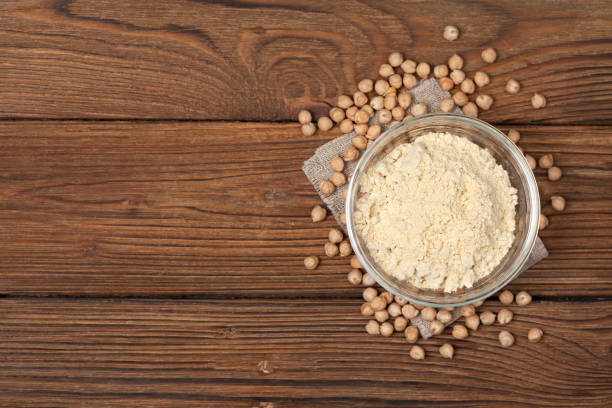
Has fewer calories than regular flour -
For decades, researchers have hypothesized that legumes, such as chickpeas and lentils, reduce hunger. According to a 2014 study, adding beans to the diet boosted feelings of fullness after a meal by 31%. Furthermore, chickpea flour may help to reduce appetite. Though not all studies agree, consuming chickpea flour has been linked to greater feelings of fullness. Chickpea flour may help to reduce hunger by controlling the hunger hormone ghrelin. Ghrelin levels that are lower are known to increase sensations of fullness.
In a 16-woman observational study, individuals who ate a pastry comprised of 70% white flour and 30% chickpea flour had lower ghrelin levels than those who ate a pastry made of 100% white flour. More study is needed, however, to completely comprehend the effects of chickpea flour on appetite and hunger hormones.
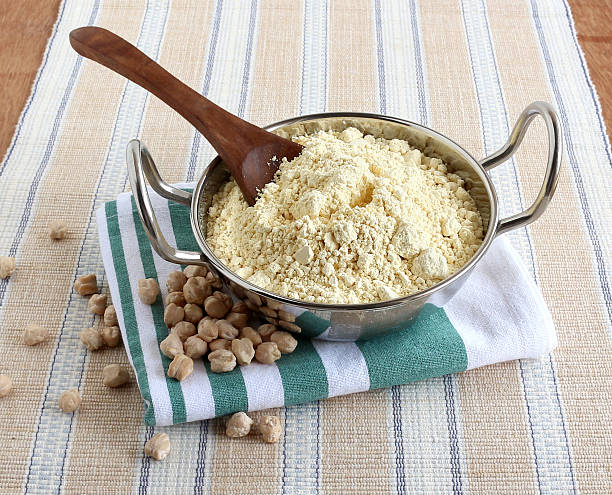
May be more filling than wheat flour 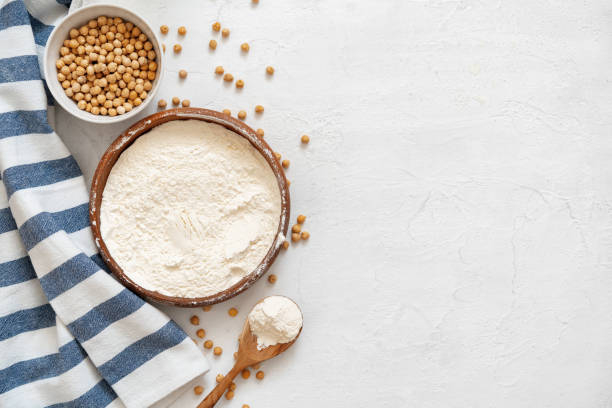
May be more filling than wheat flour -
Chickpea flour has approximately half the carbohydrates of white flour and may consequently influence blood sugar differently. The Glycemic Index (GI) is a measurement of how quickly a food breaks down into sugars that might cause blood sugar spikes. The sugar your body wants to utilize for energy, glucose, has a GI of 100, which means it raises your blood sugar the fastest. White flour has a GI of around 70. Chickpeas have a GI of 6 while snacks prepared with chickpea flour have a GI of 28-35. They are low-GI meals with a slower effect on blood sugar than white flour.
Two observational studies involving 23 persons found that consuming dishes produced with chickpea flour reduced blood sugar levels more than those cooked with white or whole-wheat flour. Comparable research in 12 healthy women discovered that whole-wheat bread produced with 25-35% chickpea flour had a lower effect on blood sugar than both white bread and 100% whole-wheat bread. More and larger research, however, is required to study the association between chickpea flour and blood sugar.
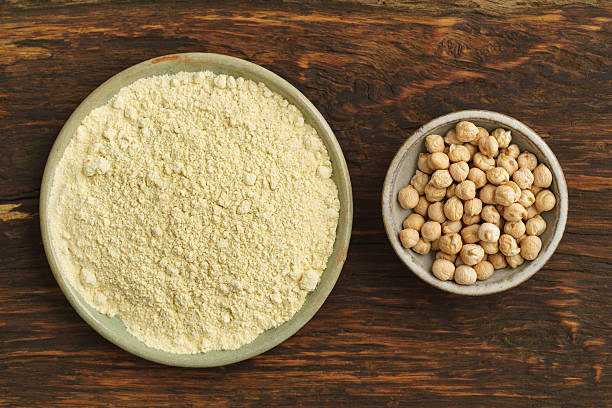
Affects blood sugar less than wheat flour 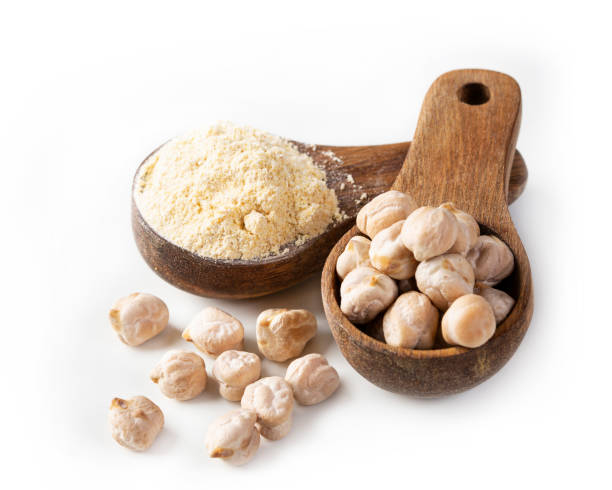
Affects blood sugar less than wheat flour -
Chickpea flour is high in fiber since chickpeas are naturally abundant in this vitamin. One cup (92 grams) of chickpea flour has roughly 10 grams of fiber, which is three times the amount of fiber found in white flour. Fiber has several health advantages, and chickpea fiber in particular has been linked to lower blood fat levels. Consuming four 10.5-ounce (300-gram) cans of chickpeas per week without making additional dietary modifications lowered total cholesterol levels by 15.8 mg/dl in a 12-week trial of 45 people. The fiber content of chickpeas was most likely responsible for the impact.
In comparable research of 47 people, eating chickpeas for 5 weeks lowered total cholesterol by 3.9% and LDL (bad) cholesterol by 4.6% when compared to wheat. Chickpeas also have a fiber called resistant starch. In fact, in research comparing the resistant starch composition of various meals, roasted chickpeas came in second place, behind unripe bananas. According to research, chickpeas can contain up to 30% resistant starch depending on how they are cooked. According to one study, chickpea flour produced from cooked chickpeas contains 4.4% resistant starch. Resistant starch passes through your digestive tract undigested until it reaches your large intestine, where it feeds your beneficial gut bacteria. It has been linked to a reduced risk of several conditions, including heart disease, type 2 diabetes, and colon cancer.
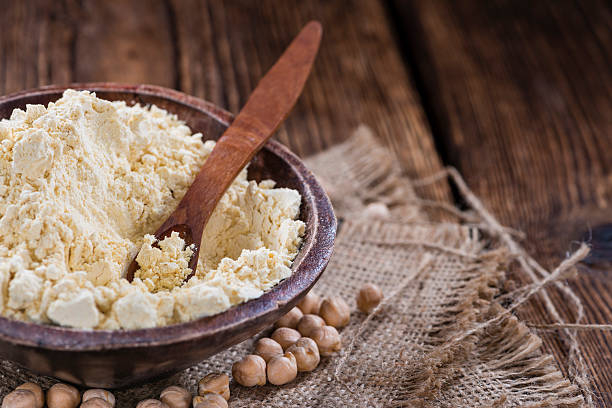
Packed with fiber 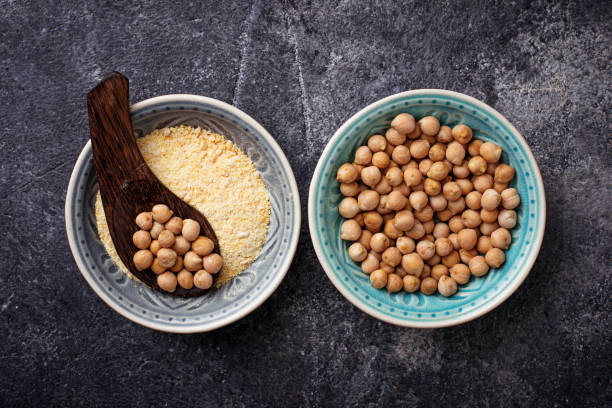
Packed with fiber -
Chickpea flour has more protein than other flour, such as white and whole-wheat flour. Chickpea flour has 20 grams of protein per 1-cup (92-gram) serving, compared to 13 grams in white flour and 16 grams in whole-wheat flour. Protein is required by the body to build muscle and recuperate from injury and disease. It is also useful for weight management. Protein-rich meals keep you satiated for longer, and your body needs to expend more calories to break down them.
Furthermore, because protein plays a role in muscle building, eating enough protein can help you maintain lean muscle mass, which is especially crucial if you're losing weight. Furthermore, chickpeas are a fantastic protein source for vegetarians and vegans since they include 8 of the 9 necessary amino acids, which are structural proteins that must be obtained from your diet. Methionine, the remaining component, is abundant in other plant foods such as young lima beans.
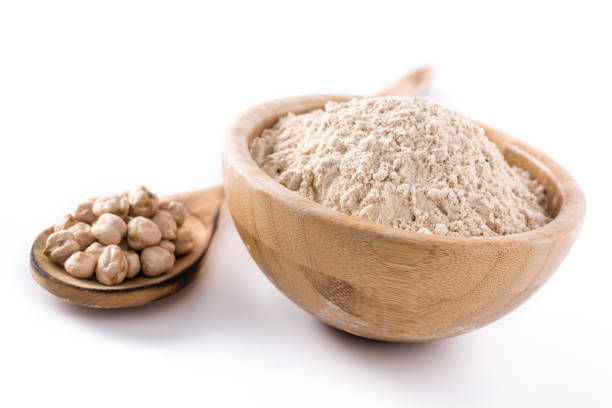
Higher in protein than other flours 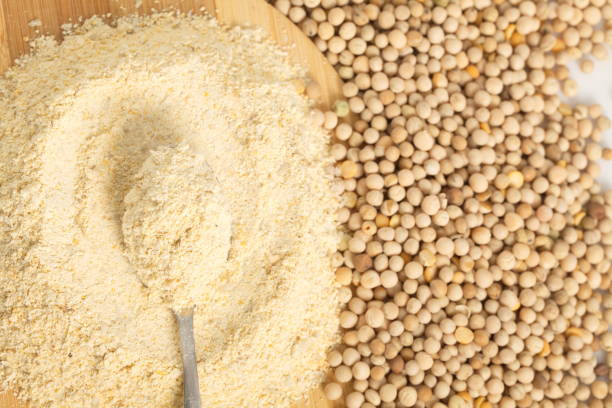
Higher in protein than other flours -
Chickpea flour is a great alternative to wheat flour. It has a higher nutritious profile than refined flour because it contains more vitamins, minerals, fiber, and protein while containing fewer calories and carbohydrates. It is also suitable for persons with celiac disease, gluten intolerance, or wheat allergy because it does not include wheat. If you're concerned about cross-contamination, seek gluten-free varieties. Furthermore, in fried and baked meals, it acts similarly to refined flour.
It's a thick flour that, when cooked, replicates the function of gluten in wheat flour by imparting structure and chewiness. Researchers discovered that a mixture of three parts chickpea flour and one part potato or cassava starch was excellent for creating a novel gluten-free bread. Even so, using solely chickpea flour yielded a satisfactory result. Furthermore, substituting merely 30% of the wheat flour in a cookie recipe with chickpea flour increased the nutritional and protein content while keeping a nice flavor and look.
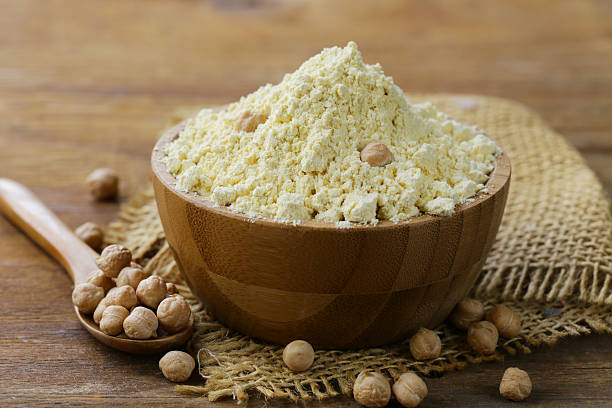
Great substitute for wheat flour 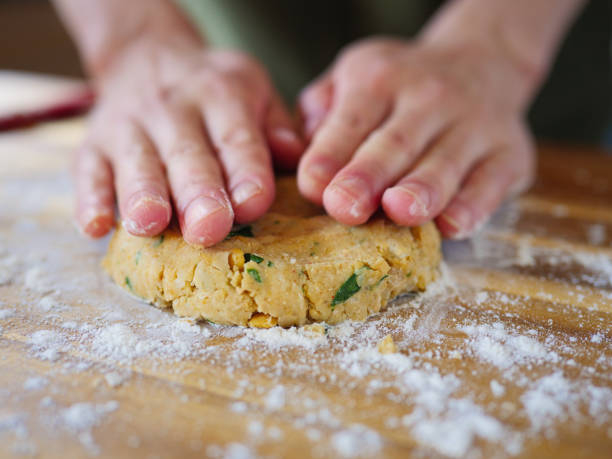
Great substitute for wheat flour










